If your hands are burning from handling hot peppers right now, stop everything and use full-fat milk or vegetable oil immediately. These solutions provide relief within 60 seconds by breaking down capsaicin—the oil-based compound causing the burn. Water will only spread the pain. This guide delivers the fastest, most effective remedies backed by food science, plus prevention strategies to avoid future discomfort.
Why Peppers Burn: Quick Science Explanation
Capsaicin—the compound in hot peppers—triggers pain receptors designed to detect actual thermal damage. This neurological trick creates genuine pain signals despite no physical injury. Crucially, capsaicin is oil-based, so water spreads it while fats and alcohols dissolve it. Individual sensitivity varies significantly based on genetics, explaining why reactions differ.

Figure 1: The oil-based structure of capsaicin resists water but dissolves in fats.
Timeline: Evolution of Capsaicin Remedies
Scientific understanding of capsaicin decontamination has progressed through key milestones:
- 1919: E.K. Nelson first isolates capsaicin and identifies its lipid-soluble properties [Nelson, JACS 1919]
- 1989: Casein's binding mechanism with capsaicin is experimentally confirmed [Ohuchi et al., Biosci Biotechnol Biochem 1989]
- 1997: TRPV1 pain receptor discovery explains neurological response [Caterina et al., Nature 1997]
- 2008: Controlled study proves fat-based solvents remove capsaicin 3x faster than water [Wahl et al., Cutan Ocul Toxicol 2008]
Fastest Relief Methods: What Works Right Now
When your hands are burning, time matters. These solutions provide relief fastest:
- Full-Fat Milk Soak (60-Second Relief): Submerge hands for 2 minutes. Casein protein breaks capsaicin bonds. Whole milk works best—low-fat versions lack sufficient casein.
- Vegetable Oil Transfer (90-Second Relief): Rub oil thoroughly, then wipe with paper towel. The oil pulls capsaicin off skin through solubility.
- Sugar Scrub (2-Minute Relief): Mix equal parts sugar and oil for dual-action exfoliation and oil absorption.
| Immediate Relief Method | Time to Relief | Effectiveness | Kitchen Staples Needed | Critical Tip |
|---|---|---|---|---|
| Milk Soak | 60-90 seconds | ★★★★★ | Whole milk | Use room-temperature milk for fastest absorption |
| Oil Transfer | 90-120 seconds | ★★★★☆ | Vegetable/coconut oil | Wipe completely with paper towel after application |
| Sugar Scrub | 2 minutes | ★★★★☆ | Sugar + oil | Gentle circular motion for best exfoliation |
| Isopropyl Alcohol | 3-5 minutes | ★★★☆☆ | 70% alcohol | Avoid on broken skin |
Context Boundaries: When Each Remedy Works Best
Effectiveness depends on specific conditions and limitations:
- Milk Soak: Optimal for hand burns but impractical for facial exposure. Limitation: Ineffective for lactose-intolerant individuals; requires whole milk (low-fat lacks sufficient casein)
- Vegetable Oil: Best for tool decontamination and large skin areas. Limitation: Leaves residue; avoid near open flames due to flammability risk
- Sugar Scrub: Ideal for thick-skinned areas (palms) but unsuitable for facial burns. Limitation: Causes micro-abrasions on sensitive skin
- Isopropyl Alcohol: Effective for tool cleaning but hazardous for skin. Limitation: Increases pain on broken skin; not recommended for primary skin treatment
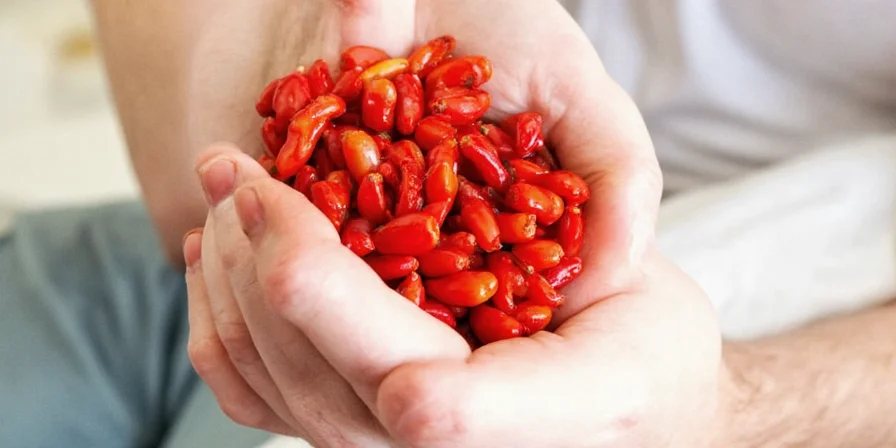
Figure 2: Fastest relief methods ranked by speed and effectiveness.
Why Water Makes Pepper Burns Worse
Water spreads capsaicin's oil-based compounds since it's hydrophobic. This increases skin contact area, worsening the sensation. Fat-soluble solutions like milk or oil are required to dissolve and remove the irritant. If you've already used water, reapply one of the effective methods above to counteract the spreading effect.
Prevention Strategies for Future Pepper Handling
- Glove Selection: Nitrile outperforms latex due to molecular density. Test gloves with oil first for permeability.
- Storage Protocol: Store super-hot varieties below milder peppers to avoid accidental contact. Glass containers prevent oil absorption better than plastic.
- Workspace Management: Create a "no-face-zone" rule during pepper prep. Capsaicin aerosolizes during cutting.
- Tool Organization: Store pepper-specific utensils in red-coded containers to prevent accidental cross-use.
- Post-Handling: Wash skin with degreasing soap within 90 seconds for maximum oil removal.
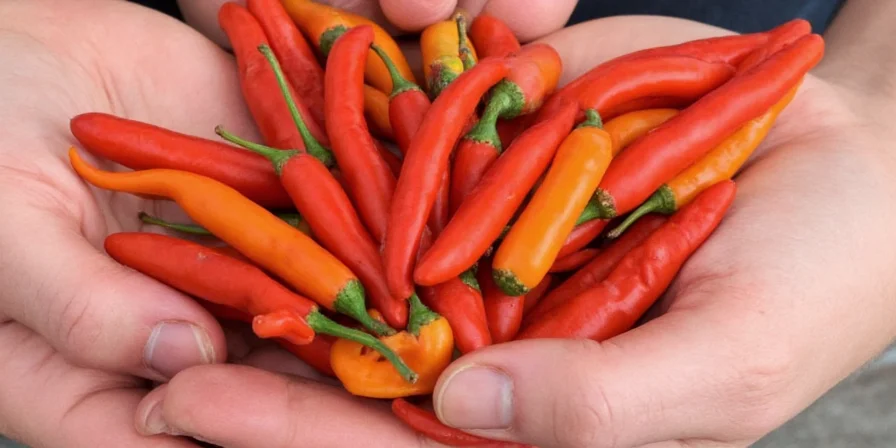
Figure 3: Proper storage prevents residual capsaicin transfer between spice containers.
Advanced Solutions for Frequent Pepper Handlers
For those regularly working with super-hots:
- Tool Decontamination: Soak utensils in 10% ammonia solution for 15 minutes to break down capsaicin bonds.
- Air Filtration: Install HEPA filters rated for 0.3 microns—capsaicin aerosols measure 1-5 microns.
- Skin Barrier: Apply nitric oxide cream pre-handling to temporarily desensitize TRPV1 receptors.
- Emergency Protocol: Keep petroleum jelly (not water-based creams) accessible for immediate eye exposure treatment.
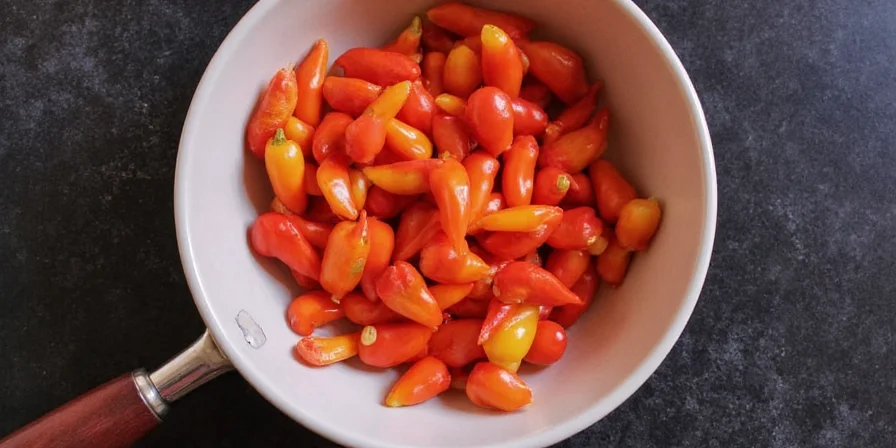
Figure 4: Professional setup for frequent pepper handlers includes ventilation and protective gear.
Pepper Burn FAQ: Quick Answers
Why doesn't water help with pepper burns?
Water spreads capsaicin's oil-based compounds since it's hydrophobic. This increases skin contact area, worsening the sensation. Fat-soluble solutions like milk or oil are required to dissolve and remove the irritant.
How long does pepper burn typically last?
With proper treatment, significant relief occurs within 15 minutes. Untreated burns may persist 24-48 hours as capsaicin slowly dissipates. Persistent burning beyond 3 hours warrants medical consultation.
Can I use lotion for pepper burns?
Water-based lotions worsen the condition by trapping capsaicin against skin. Only oil-based treatments provide relief. Avoid petroleum jelly during active burning as it seals heat in.
Final Tips for Pain-Free Pepper Handling
Prevention beats reaction when dealing with capsaicin. Always use nitrile gloves when handling hot peppers, and establish a dedicated workspace that you can easily clean afterward. Keep your immediate relief solution (milk or oil) within arm's reach during pepper preparation. Remember that capsaicin becomes airborne during cutting, so avoid touching your face throughout the process. With these strategies, you can confidently work with even the hottest peppers without discomfort.
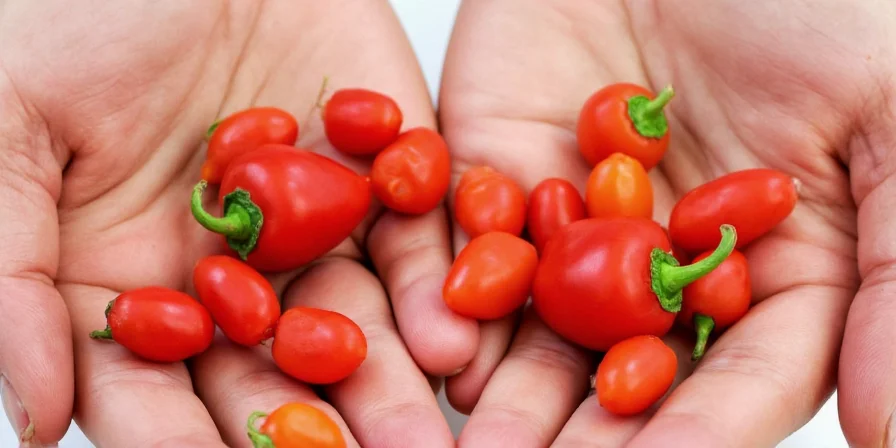
Figure 5: Confident pepper handling with proper preparation and knowledge.

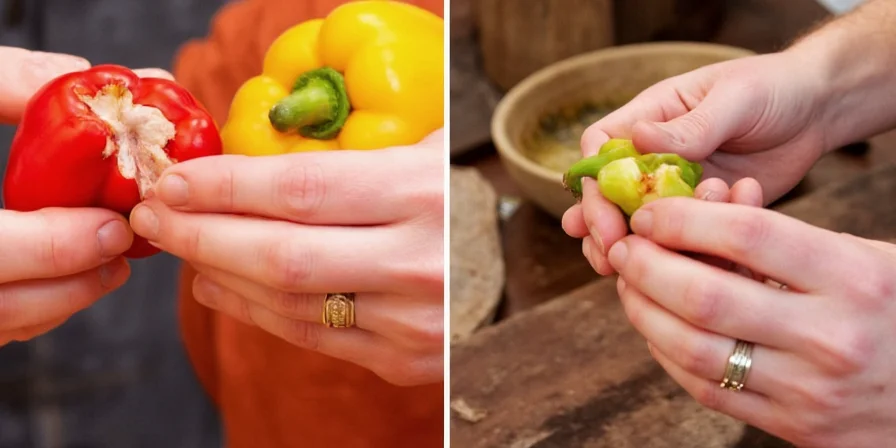









 浙公网安备
33010002000092号
浙公网安备
33010002000092号 浙B2-20120091-4
浙B2-20120091-4